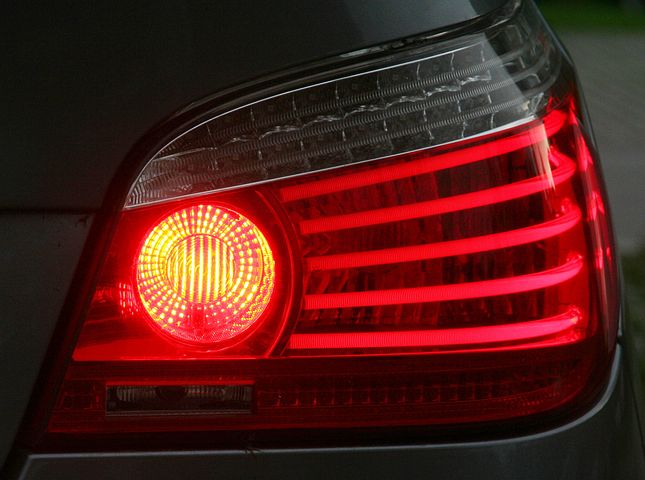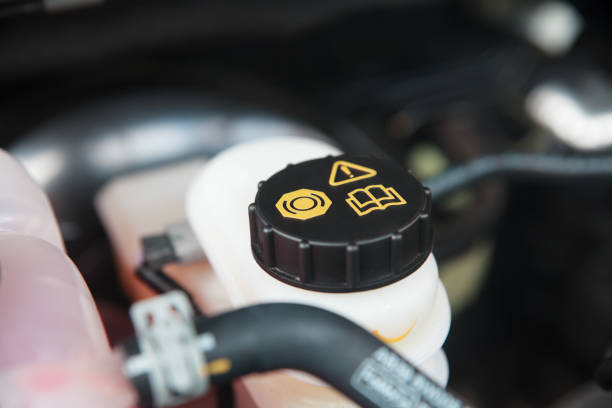

After accelerating, at some point, we need to slow down and come to a stop. The brake system of your car allows that to happen with precision and efficiency. However, it can only work as it was intended if proper maintenance is done.
Driving includes interacting with other vehicles, traffic signals, potholes, pedestrians, stray animals, speed bumps, and the list could continue. The point is, all of these situations will make you step on the brakes frequently.
Each time you do that, the brake pads rub against the brake disc/rotor, which slows the wheels and the car altogether to ultimately come to a stop.
Over time, the material on the brake pads will deteriorate due to the friction caused in the braking process. That is why brake maintenance is needed, and brake replacement is inevitable.

A good rule of thumb is to check your brakes every time you get your car serviced. Of course, it all depends on the type of vehicle you drive as well as your style of driving. Some mechanics and car care professionals will tell you to plan a brake check at the same time you get your tyres rotated. Others will tell you to check your brake system at least once a year. Though the rule of thumb is a good start, always refer to the manual that comes with the car you drive. It will outline what your maintenance schedule should look like.
But, let’s slow down and shed a little light on what you can look for in the maintenance of your car brakes.
SIGNS OF BRAKE PROBLEMS
Be alert to signs that you may have issues with your brakes. Clues that something may be wrong:
- Your brake warning light comes on (including the ABS warning light). For those of you who are unaware, ABS stands for antilock braking system. If the ABS warning light comes on, there might be a malfunction.
- Unusual noise when you apply the brakes. This includes a grinding sound or squealing noises.
- Your car’s response when you hit the brakes (such as if your car pulls in one direction or another, or it shakes).
- If the brake pedal is too soft (goes to the floor when you press the pedal) or hard (hardly moves when you press the pedal)

CHECKING YOUR BRAKES
A thorough brake inspection must include brake pad/lining wear, brake fluid level, rotor thickness, condition of hoses and brake lines, as well as your brake lights and dashboard warning lights.
The brake pads, along with the rotor, helps your car in stopping the wheels from moving. Continuous wear from the friction necessary for a stop will eventually wear the brake pads down. So, replacement will be necessary at some point.
Replacing the brake pads is a normal part of car maintenance. But, be honest. Do you know when it’s time to have them replaced?
Here are some clues to tell you that your brake pads may need to be replaced:
- If the brake pads have 1/8” or less of padding, it’s time to replace them.
- The rotor disc should be shiny and may have some lines, but if you see grooves and rough spots, you may need to have the rotor replaced.
- Check for brake dust, which may be on your front tyres and around on your car. If the brake dust suddenly disappears, it could be a sign that you need to replace them immediately and they are completely worn.
- If you hear a metallic screeching noise when you brake, it could be a key indicator that you need a brake pad replacement.
- If you feel your car shake, grind or pull to one side when you hit the brakes, it could be a sign that they need to be checked.
CHECK YOUR BRAKE FLUID

The brake fluid is a clear type of hydraulic fluid used in your car’s brake system. Brake fluid is able to absorb heat and disperse it throughout the brake system.
Brake fluid can also absorb water, which can cause damage to other parts of the brake system, so it’s important to change the brake fluid when it starts to become a dark color. You can check your brake fluid under the hood of your car. Check your owner’s manual for the type of brake fluid needed for your car.
Of course there are more in depth and comprehensive brake maintenance tips to share, but that’s all for now.
This is the third article in the weekly series, ‘Car Care Tips’ where we highlight various aspects of a car, how to provide care and maintenance for optimal performance while ensuring safety. This series may feature your favourite mechanic or others from the motor vehicle industry.
Read the second installment of Care Care Tips below:
Care Care Tips | Seatbelt Safety Checks
Send feedback to [email protected]







Comments